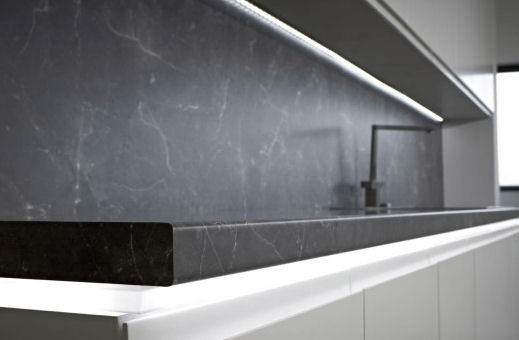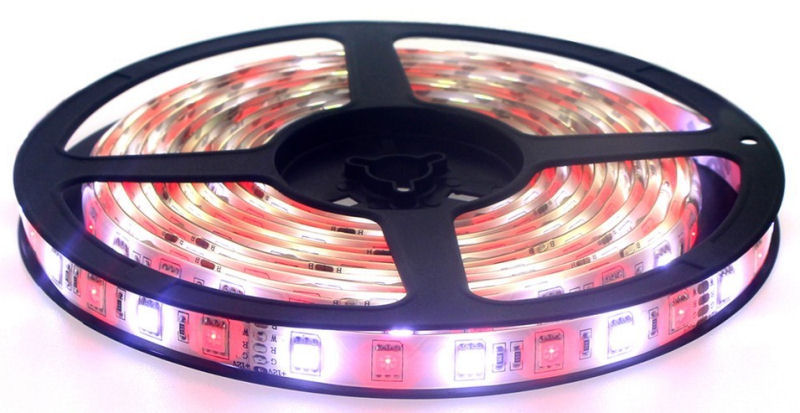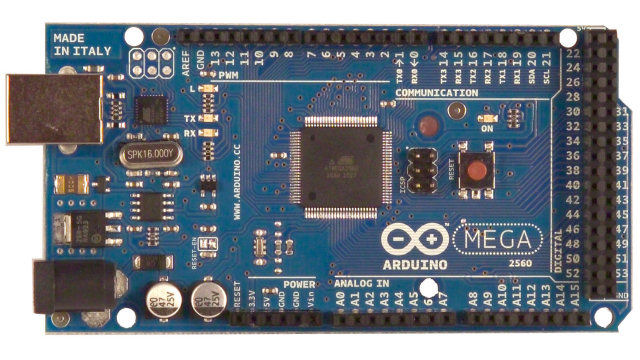Kitchen Worktop Lights Projects

Automating kitchen worktop lights is a popular things to do.
Design
Like most smart home projects, automating kitchen worktop lights can be broken down into a number of elements:
- The actual lights themselves.
- Power for the lights and control mechanism.
- The networks used for the control.
- Additional user interfaces for manual control.
- The control logic or intelligence.
Lighting

You don't have to install "smart" lighting! In fact I would recommend against this as it will limit you choices of lighting, it will be more expensive, it may introduce proprietary interfaces and will have much more likely to suffer from technology obsolescence. Good quality dumb lighting (e.g. LED strip lighting) will be much more reliable and should easily last for 10+ years.
You need to choose lighting that meets you personal requirements though. It might be that you want the lights to change colour, be able to adjust the colour temperature or to simply look good. You may even want them to flash in time to music.
I choose simple on/off warm white LED strips in my kitchen, to match the other lighting in this room in terms of colour temperatue. I also wanted them to be invisible when off and provide subtle lighting when on.
One thing to watch out for (especially, if you have shiny worktop surfaces as I do) is what the lights will look like reflected in the kitchen worktop. You may want to fit a diffuser over ant LEDs, to soften the reflection. The positioning and angle of the lights is also important. If you mount them towards teh front of the units, you will get a very different effect than if you mount them at the back. It is best to experiment and see what works for you.
Power
You need to decide how you are going to power your worktop lights. Essentially this means choosing to use mains voltages or a low voltage power supply (for example 12V dc). This will impact on your choice of lighting.
When our kitchen was rebuilt, I installed 3 wires (for low voltages) from my loft down to the back of one block of wall mounted units. I also installed wires inside the wall and behind all of the kitchen units, across and back up to the other wall-mounted units on the other side of our kitchen. I installed 3 wires to allow fully automated control and also manual control via a standard light switch mounted on the underside of the kitchen units.
I decided to do this because I wanted to use power from my 12V DC Uninterruptible Power Supply (UPS), so that these lights continued to work during power outages. I could have just as easily used a 12V dc local power source derived from the mains supply though.
Networks
Depending on the technology used to enable the control of your kitchen work top lights, you are going to need to install suitable networks but you could use a wireless technology like Z-Wave, ZigBee, Wi-Fi or Bluetooth.
User Interfaces
The control technology will also dictate what user interfaces are possible.
In normal use I wanted a zero touch user experience, where my kitchen worktop lights just work intelligently around us. In my home, they are driven by our Home Control System using occupancy, presence and a twilight sensors.
My HCS models occupancy and presence and uses inputs from all the connected doors into my kitchen and some PIR motion sensors.
I also wanted a physical switch 3-way latching switch, to enable manual over-ride of my smart home. This means the lights can be manually forced off or on if required. The three switch positions are off, automatic and on. This is good practice in a smart home but, if you install a switch like this, you need to ensure it is not in clear view so that guests won't play with it.
By being controlled by my Home Control System, I can also control these lights via voice control, apps, etc.
Intelligent Control

One of the things I've done differently when building my own contextual smart home is to use a hybrid technology architecture, which allows me to use wired control devices. In this particular instance, I'm using an Arduino as a slave processor to enable direct control.
You may already have some kind of HCS in the form of a "hub" or software like Home Assistant. For a simpler user experience, it is also possible to link sensors to lighting control modules directly.
Other Considerations
Not every kitchen has over counter units in one long line. In my kitchen, I have two groups of wall mounted units at each end of the kitchen. This may be an issue when it comes to installing power and networking.



